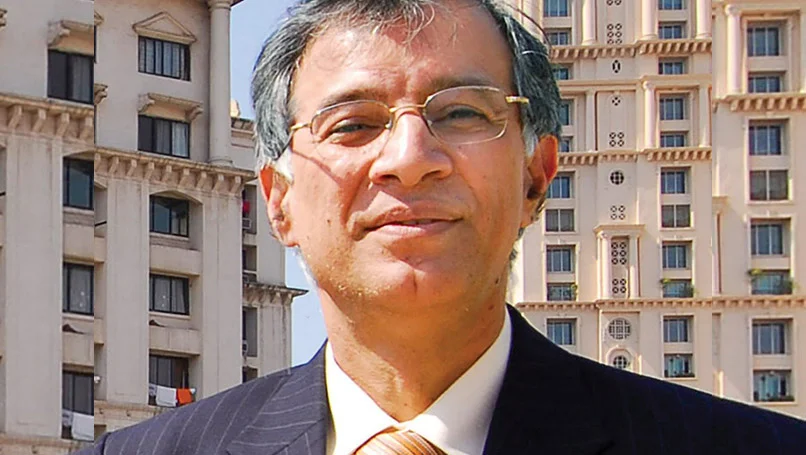Mumbai 3.0: Panvel-Karjat corridor
The financial capital- Mumbai has tapped the immense growth potential of the city's real estate landscape. The exploding population density and rapid urbanisation are causing strain on the existing Mumbai infrastructure and resources. In view of this fact, the needle of economic growth now needs to shift towards the peripheral cities of Mumbai. This will see the 'Rise of Suburbia' in the Mumbai Metropolitan Region.
The MMR region has been conceptualized to be developed as a planned city. This has nudged the government to open up vast tracts of land for potential economic development. Today, the growth cursor has moved beyond the existing developmental nodes like Vashi and Panvel in the MMR region towards new micro markets like Karjat, Neral, Ulwe, Taloja in Raigad. Therefore, the futuristic development beyond Panvel is coined as 'Mumbai 3.0' where the upcoming infrastructure projects will fabricate seamless connectivity and gravitate economic activities. This will spurt the real estate landscape in Navi Mumbai, bridging it closer to Mainland Mumbai.
Industry bets bullish on Panvel-Karjat corridor due to its dual locational advantage on the back of air and seaport. The real estate development will also garner traction as it falls equidistant between the two IT hubs- Mumbai and Pune. As a result, the corridor will soon morph into emerging business district with host of the upcoming infrastructure network creating the last mile connectivity.
The mega projects like Navi Mumbai International Airport, Mumbai-trans harbor Link, Delhi-Mumbai Freight Corridor, doubling of Panvel-Karjat rail corridor, metro lines, and Virar-Alibaug multi-model corridor will be the game changer in shaping up the new livewire centres of Navi Mumbai. To fast-track economic growth, industry players recommend creating location-centric magnets in alignment with the Government's vision. Establishing pharma R&D centres, educational universities, government offices, sports arena and financial centres will help scripting robust real estate growth stories.
Industry players should take cognizance of the rising trends and curate township models on the vast acreage of land parcels made available. The new well-planned cities can be built on both 'aspirational' and 'affordable' models. The future development needs to be based on a smart city model where new-age technology and sustainability must be inevitably embedded in the planning and the design layouts. These new growth harbingers will spiel the market trends to gravitate towards 'Township Living' hamlets across the suburban sprawl.
The new normal living is inclined towards a well-balanced lifestyle as affinity of the homebuyers grew towards health, hygiene, open spaces, green surroundings, and wellness retreat corners. Also, the need for daily conveniences and social amenities like schools, healthcare, high street retail, entertainment within proximity is highly in demand. The well-planned urban metropolis should be developed with better civic infrastructure like well paved pedestrian friendly roads, cycling tracks, robust sewage and water drainage systems, uninterrupted power supply, strong IT infrastructure, daily utilities, and ample car parking to enhance the ease of living index. Additionally, it is paramount that the forthcoming urban downtowns should focus on inclusive of 'Built environment' as climate consciousness becomes indispensable. The alarming climate crisis has nudged the industry to adopt a conscious consumerism approach which aligns with ecology, economics, and emotional goals in line of business development. Sustainable and climate adhesive development will be crucial for the real estate industry's substantial contribution in achieving India's carbon neutral objective. All the concerned industry stakeholders will have to work in tandem to build future habitable cities as 'Ecocities' in the new metropolis.
The emerging real estate destination 'Panvel-Karjat' in the district of Raigad will act as a growth steer to generate employment, drive economic growth, and witness rise in per capita income. The early mover advantage will attract prospective homebuyers and investors in order to reap long term capital appreciation. Now is the right time to seize the opportunity to be a part of the growth story of the new burgeoning suburban market. With hybrid culture altering lifestyles, today's suburban living will be tomorrow's 'nerve centre' in the MMR region.
Read the original press release:https://www.constructionweekonline.in/people/mumbai-3-0-panvel-karjat-corridor

